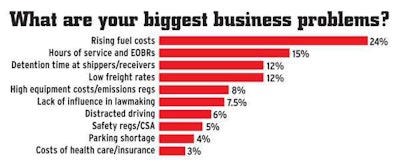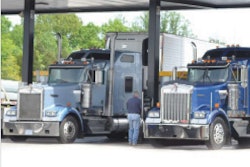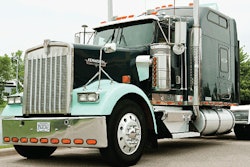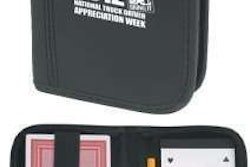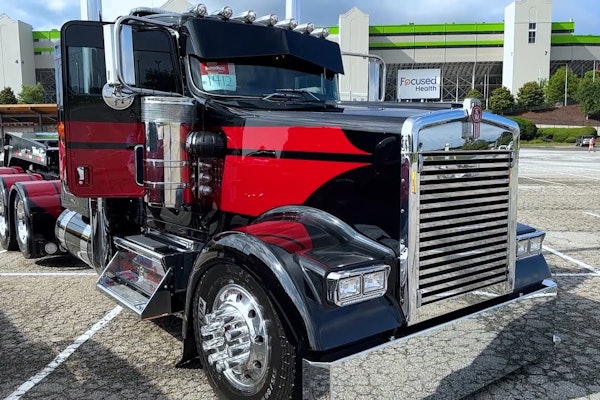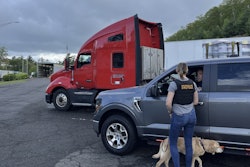If you’re leased and paid by the mile, underlying freight rates may not always be a big concern for you. But for independents and those paid on a percentage of the load’s gross, they’re critical to profitability.
Complaining about low rates doesn’t do any good. Negotiating the best possible rates and then operating with efficiency can put you ahead, even in a soft market.

Pick loads carefully.
“Work smarter, not harder” is owner-operator Don Lanier’s motto. When working as a flatbedder, “I believed you made more money the more miles you drove,” he says, but today “that’s not necessarily true. Short, high-value loads can pay more than twice what the long haul does” in a percentage-based operation.
Be choosy about the freight you carry if you’re independent or self-dispatched. Picking a carrier partner where load choice is possible is the first step down that road.

Break up low-rate backhauls.
“I do a lot of triangular routes,” says owner-operator Jeff Clark. “Two of the legs have good rates. The one that doesn’t gets me to a place with good rates.” Balancing those low-rate lanes with better choices around them is key.
At the beginning of each week, TransCore DAT publishes its Worst Lanes in America report, offering triangulation suggestions for low-rate lanes. Visit DAT.com/Resources.aspx and navigate through the Trends and Reports link under Resources to get there.

A recent report highlighted the low rate from Columbus, Ohio, to Memphis, Tenn. Breaking it up by moving from Columbus to Evansville, Ind., and then picking up to deliver in Memphis would add just around 34 miles to the trip in total, but an average $341 to the worth of the load.

Knowing the rate for a given commodity in a particular lane allows you to negotiate effectively with brokers and shippers. Overdrive publishes rate averages for flatbed, dry van and reefer segments monthly in its Gauges report, and those averages are available nationwide in more timely fashion by subscribing to load matching services like Internet Truckstop (Truckstop.com) and TransCore DAT.
Respectful negotiation, where you bring a knowledgeable sense of the market to the table, will help you build the business relationships you need to succeed in getting rates than can make you profitable.

“Sell yourself – your CSA scores, your professionalism and your track record,” says Truth About Trucking’s Allen Smith. “When we had our moving business, we would find out as much info over the phone as we could in order to get an idea of cost” before conducting a full move survey. “We dressed professionally, and before we left the office we calculated the minimum we would need to charge to cover all expenses and include our profit. We were usually the highest bid, but almost always got the job. Why? We had impeccable service with hardly any claims, and word traveled fast.”
Professionalism and good reputation can get owner-operators on the path to high rates. All of small fleet owner Tom Blake’s shipper customers came to him on referrals from others. “That helps me a lot with the new customers” when it comes to rate negotiations to cover “what I need to be able to pay my drivers and all the overhead and make it to where I’m making profit to reinvest in equipment as it wears out and everything else. For the most part, I’ve been able to sit down with customers and point all the numbers out.”
Owner-operator Challenge No. 3: Uncompensated detention
